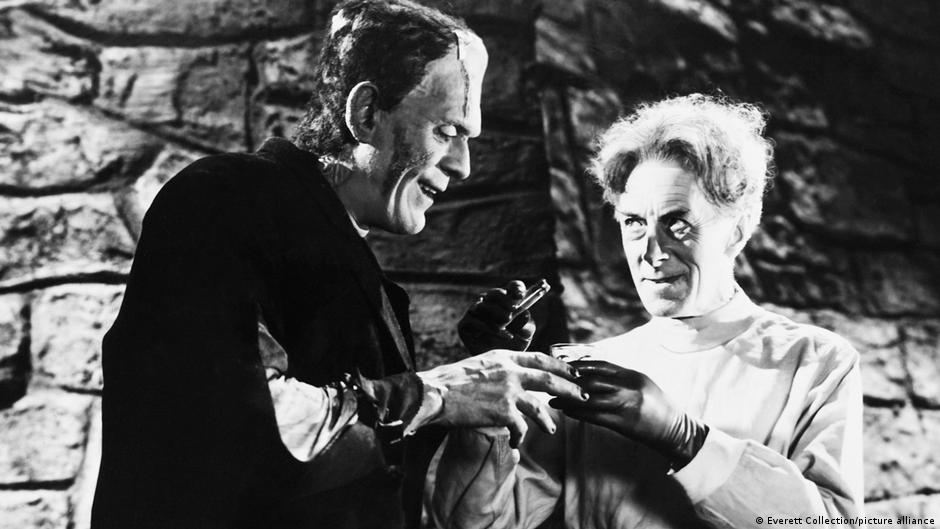Introduction to the Timeless Tale
For more than two centuries, Mary Shelley’s "Frankenstein" has been the monster that won’t die – endlessly revived, re-sewn and sent staggering back into the culture. The basic parable is timeless: a gifted but narrow-minded scientist plays God and creates life from reanimated body parts. Horrified by his own creation, he abandons it and the rejected “creature” becomes the monster that society fears.
The Original Story vs. Popular Culture
This core has proven resilient enough to survive everything from the 1930s cult classic Monster Films with Boris Karloff to sitcoms and children’s cartoons. But most of what audiences think they know about “Frankenstein” comes from the films, not Mary Shelley’s 1818 novel. Guillermo del Toro’s "Frankenstein," starring Oscar Isaac and Jacob Elordi, now available on Netflix, is more faithful to Shelley than most film versions of her monster myth: sympathy for the creature is at the forefront and the overbearing warning against the man playing God is its central theme. But gaps remain between the novel “Frankenstein” and its pop interpretations.
How Hollywood Rewired the Monster
As most pedants know, Frankenstein is not the name of the monster, but of the scientist who gives him life – Victor Frankenstein in the original novel, not a "doctor" or a baron in a castle, but a dedicated student of "natural philosophy." In Shelley’s portrayal, the creature is not the grunting imbecile seen in most film versions, but an articulate autodidact who teaches himself English and moral philosophy after finding a conveniently abandoned copy of John Milton’s "Paradise Lost" – and who narrates the second half of the book. The most memorable elements of the "Frankenstein" story – the lightning-like resurrection, the green skin and neck bolts, the lumbering gait – are all later inventions on stage and screen.
The Evolution of Frankenstein
Most of these can be traced back to James Whale’s two Universal monster films, Frankenstein (1931) and Bride of Frankenstein (1935), which starred the inimitable Boris Karloff as a shuffling brute and Elsa Lanchester as his reluctant companion with her beehive bouffant. Whale’s films established the look, tone and laboratory theatrics that everyone still expects from a "Frankenstein" film. Over the years – and centuries – since Shelley’s novel, first published anonymously as Frankenstein: Or, The Modern Prometheus, the creature has undergone endless iterations and reinterpretations.
The Many Lives of Frankenstein
British publisher Hammer Films gave us a series of Technicolor reimaginings of the "Frankenstein" story, from 1957’s "The Curse of Frankenstein" to 1974’s "Frankenstein and the Monster from Hell," which portrayed the creature as more tragic than fearsome and the megalomaniacal Baron Frankenstein as the true villain. In addition to scary films, there are also parodies and spoofs. There’s the slapstick parody Abbott and Costello Meet Frankenstein; the top camp of “The Rocky Horror Picture Show” with Tim Curry as Dr. Frank-N-Furter; and Mel Brooks’ "Young Frankenstein," a nonstop gag-fest that manages to be both loving and irreverent to the "Frankenstein" canon.
Reclaiming the Original Intent
Del Toro’s "Frankenstein" sits squarely in the tradition of filmmakers attempting to restore Mary Shelley’s original intent. Faithful in spirit, if not in every detail, his version returns the story to its roots – not a story of horror, but of creation, rejection and moral responsibility. It should come as no surprise that the director of Hellboy and The Shape of Water is a team monster. His two-and-a-half-hour epic foregrounds the novel’s essential sympathy for the creature, treating him not as an abomination but as a sentient being born into a world that cannot accept him.
A Modern Reflection
Thematically, Del Toro closely follows Shelley’s concerns: the danger of uncontrolled creation, the arrogance of human rule and the deep loneliness of the outcasts. Like Shelley, he reads the tragedy as a story of abandonment – of a parent unable to love what he has created. Jacob Elordi offers an insightful portrayal of a fundamentally kind and innocent being who understands the darker side of humanity. Del Toro pays homage to previous adaptations but this version feels more true to Shelley than any in recent memory. Del Toro’s "Frankenstein" does not reinvent the myth but rather revives its moral core. By stripping away the camp, flashes and theatrics of the mad scientists, he returns to Shelley’s central question: What happens when human ambition and technological progress surpass empathy? In an age defined by artificial intelligence, genetic engineering and the power of algorithmic decision-making, the real monster may not be hiding in a lab – it’s staring at us from the glow of our screens.

